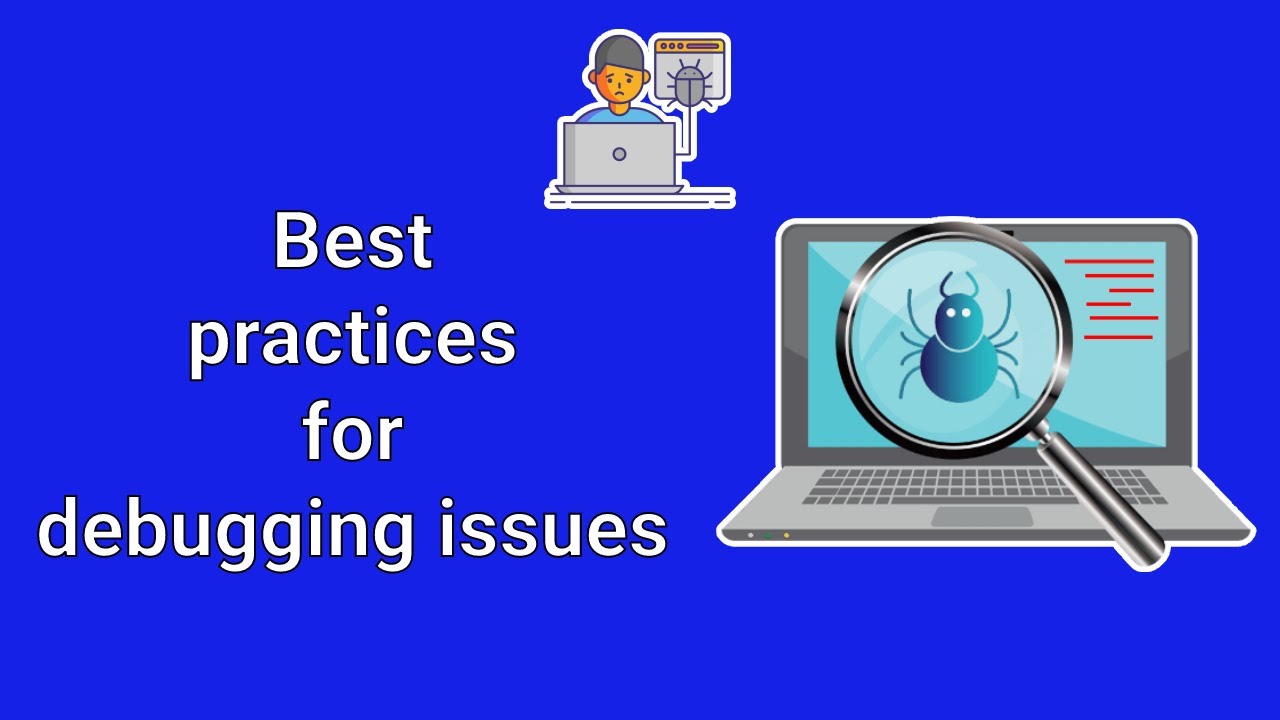edu.ayovaksindinkeskdi.id
edu.ayovaksindinkeskdi.id is an innovative online educational platform designed to cater to the diverse learning needs of students in Indonesia. This platform aims to bridge the gap between traditional classroom education…

Contents
ErrorDomain is a powerful tool designed to help users quickly and easily diagnose problems with their software applications. ErrorDomain provides detailed analysis of errors, helping users identify the root cause of the issue and isolate the error so that it can be addressed. With this powerful tool, developers can pinpoint where their code is failing and make necessary changes to ensure that their application runs smoothly.
ErrorDomain also helps users understand the underlying causes of errors so that they can better troubleshoot and prevent similar issues in the future. ErrorDomain is an invaluable tool for software developers, as it allows them to quickly identify and address errors in their code without having to spend time manually debugging each line of code. By using ErrorDomain, developers are able to save time, reduce frustration, and ensure that their applications are running at optimal performance.
Debugging can be a challenging process for anyone, but especially for ErrorDomain users. Here are some common debugging tips to help you get the most out of your ErrorDomain experience:
Test Thoroughly: Testing is key when dealing with errors in ErrorDomain. Make sure to thoroughly test all aspects of your application before deploying it so that any potential issues are ironed out.
By following these tips, you should be able to effectively troubleshoot your ErrorDomain applications and get them up and running again in no time!
When dealing with errors in ErrorDomain, it can be helpful to take a step back and look at the problem from a different perspective. Here are some strategies for troubleshooting errors in ErrorDomain:
By following these strategies, you should be able to quickly identify and fix any errors that may occur in ErrorDomain.
Debugging can be a challenging and time consuming process. Fortunately, ErrorDomain provides a range of debugging tools to help simplify the process. Here are some tips to get the most out of ErrorDomain’s debugging tools:
By following these best practices, you’ll be able to get the most out of ErrorDomain’s debugging tools and minimize any potential issues with your code.
Debugging code can be a daunting task, especially when using ErrorDomain. Here are some tips to keep in mind when debugging code written in ErrorDomain:
Debugging errors in ErrorDomain can be challenging, but the tips outlined in this article should make it easier for you. Remember to use the ErrorDomain debugger, check your code for syntax errors, and make sure that your URL is correct. If all else fails, reach out to the ErrorDomain support team for assistance. With these tips in mind, you’ll be able to quickly and efficiently debug any errors on ErrorDomain.